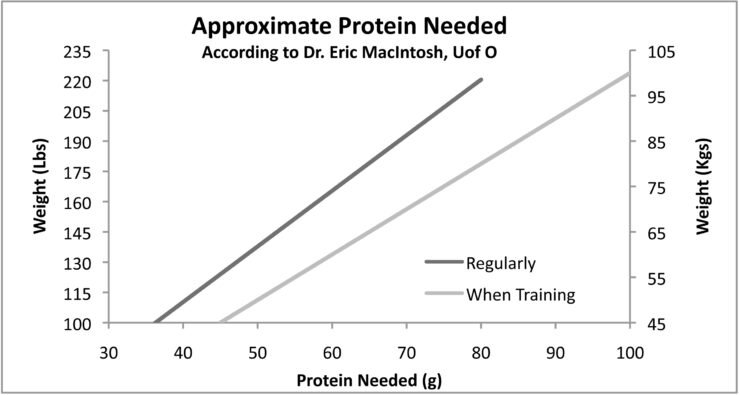The globe celebrated a tremendous milestone in 2022: child mortality rates reached an all-time
low, with a 50% reduction in fatalities among children under the age of five since 2000. This
accomplishment demonstrates the value of investing in health and education. Despite these
achievements, 4.9 million children die each year from avoidable causes, highlighting the
continuous need for action. Canada, as the sixth largest donor to the International Development
Association (IDA), has an important role in defining global initiatives.
As IDA nears its 21st replenishment, Canada’s commitment to continued funding is critical.
Human capital expenditures, particularly in health, education, and nutrition, must be prioritized
under IDA21. Surprisingly, fewer than 1% of foreign aid now addresses nutrition, resulting in an
annual funding deficit of US$10.8 billion and impeding progress toward global nutrition
objectives by 2030. To put things in perspective, an additional $950 million per year could offer
life-saving therapeutic diets to all chronically malnourished children.
These figures emphasize the need for action. Canada can make a concrete difference by
proposing that IDA21 emphasize human capital, particularly nutrition initiatives. We can’t afford
to pass up this opportunity to provide children with the health, education, and nutrition they need
for a better future. Let us deploy resources strategically so that every kid has the opportunity to
develop and actively contribute to our global community.
Adil Mukhi





